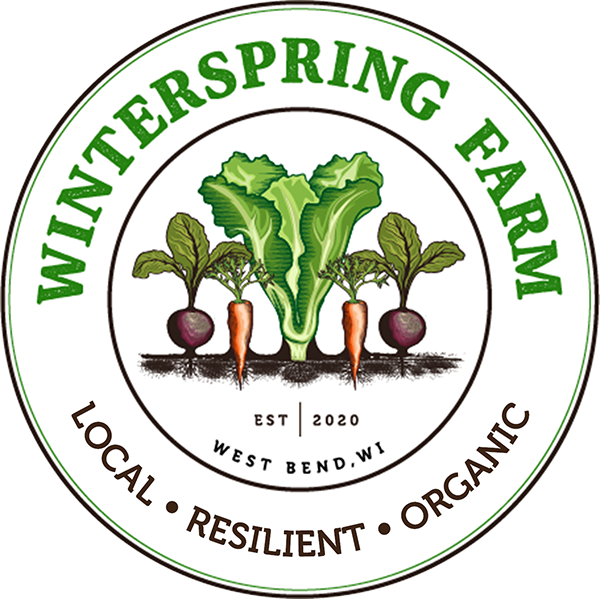Parsnips
Culinary Use, Storage, & Benefits
Vegetable Profile: Parsnips (Pastinaca sativa)
Description
Parsnips are a member of the carrot family, with large taproots that can grow up to a foot deep. They have a creamy white, fine-grained flesh that offers a sweet, nutty flavor. One not-so-fun fact is that the sap of the leaves, when applied to the skin an exposed to sunlight, is caustic. It causes painful blisters. This is true of both wild cowparsnip and cultivated parsnip.
Nutrition
Parsnips are a good source of fiber, which contributes to healthy gut flora. They also contain folate and potassium. Energetically, they are warming to the body system, and support the liver, lungs, and stomach. One once of cooked parsnips contain about 31% as much calcium as milk.
Storage
Store as you would a carrot, in a water-tight container in the crisper drawer of the refrigerator. Use within 1-2 weeks, or before they start to get soft.
Use
Parsnips are very versatile. Use young, tender roots raw by grating them into a salad. They can also be steamed, boiled for soup, poached with milk, baked, mashed, or even made into wine! My opinion is that using cooking methods that introduce moisture rather than taking it away, as with roasting, work better for parsnip and allow its flavors to develop the best while reducing woodiness.
Resources:
The New Whole Foods Encylopedia by Rebecca Wood
Farm-Fresh and Fast by Fairshare Coalition
Specialtyproduce.com
Our own experience!

